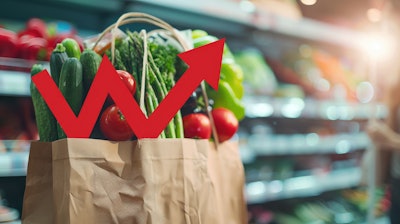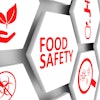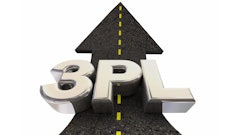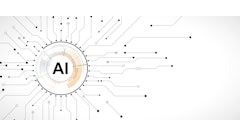
While innovation investment is rising rapidly, 83% of brands plan to boost new product development (NPD) spend this year and only 2% say their product development processes are fully digitized, according to TraceGains’ R&D and Product Innovation in the Food and Beverage Industry survey.
“We’re pleased with the results of this year’s report showing genuine excitement around AI and digital transformation,” says Paul Bradley, senior director of product marketing, TraceGains. “The downside is that progress is being throttled by outdated workflows and a lack of automation. Amid intense pressure to compete by offering healthier, more sustainable products the majority of brands still operate in the stone age managing product development with emails, spreadsheets, and paper files.”
Key takeaways:
· 76% of brands planned to increase innovation investment in 2024. That number increased to 83% this year, with over half of respondents planning to raise budgets by more than 10%.
● 82% of brands still use manual tools like spreadsheets, paper documents, or email to manage NPD.
● More than half (53%) don’t use a Product Lifecycle Management (PLM) system at all, slowing speed to market, increasing compliance risk, and hindering cross-functional collaboration.
● Just 2% of brands have fully digitized and automated their NPD workflows, underscoring the scale of the digital maturity gap in F&B.
● 17% of brands are “all in” on using AI to power NPD, up from 10% in 2024.
● Another 45% are experimenting, and only one-third (32%) remain skeptical, dropping from 44% in 2024.
● Mid-sized companies (1,000-5,000 employees) are leading adoption, while smaller and larger firms show more hesitation.
● 25% of respondents cited analyzing market trends and consumer insights as their top AI use case.
● Nearly 70% of brands cite macroeconomic conditions as their top innovation barrier, up 15 points from 2024.
● More than half (53%) say production costs, including labor, are a major concern, and 50% are still struggling to secure key ingredients and materials.
● Among brands reducing their innovation pipeline, 41% attribute it to financial uncertainty and margin pressure.
● 48% are working to improve supply chain traceability
● 38% are sourcing more sustainable ingredients
● 41% say environmental goals are influencing packaging decisions




















